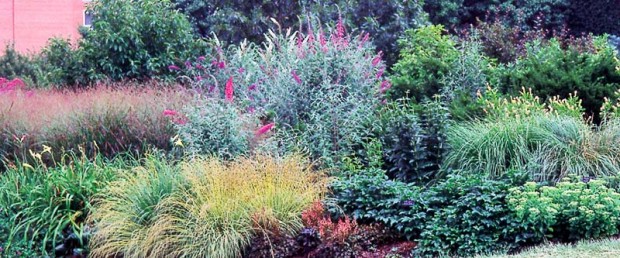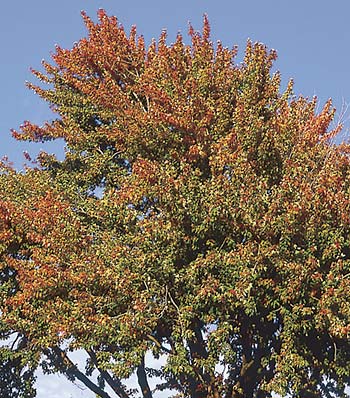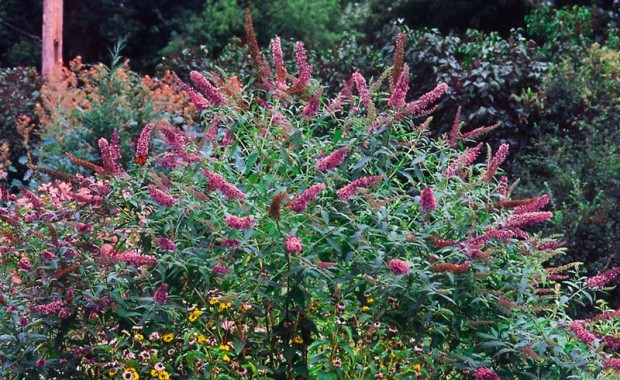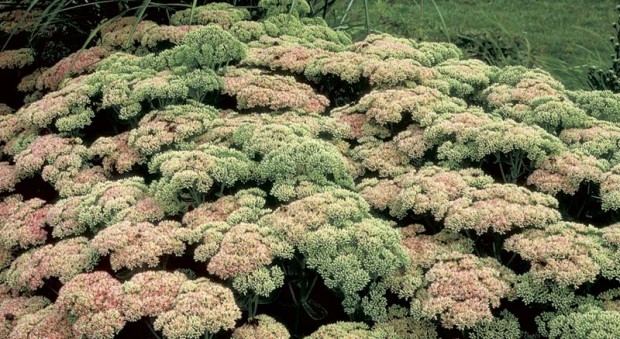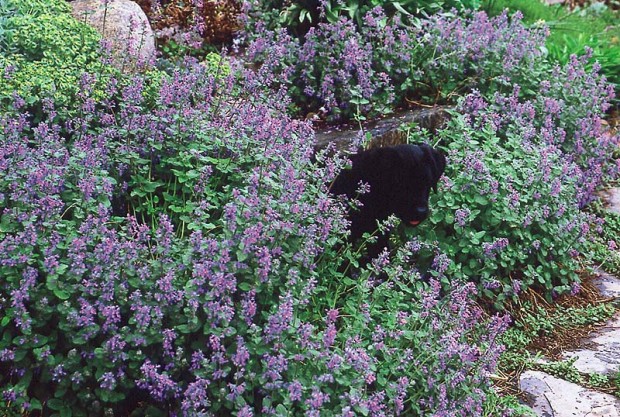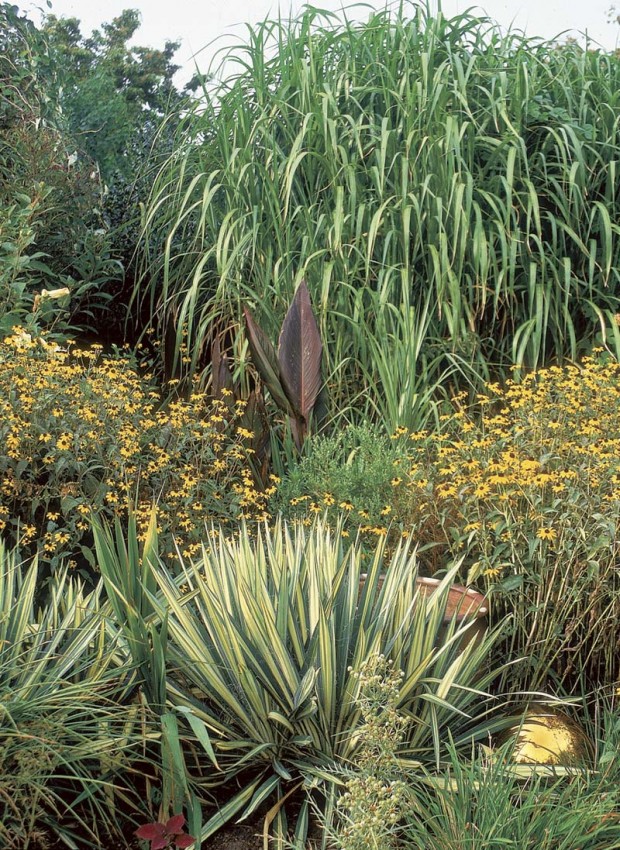I would like to grow a fast-growing groundcover that is very short and can withstand being walked upon often and still look good. Are there any out there that survive in zone 4 and thrive in part sun to full shade?
First, you need to determine what “walked upon often” means in terms of frequency. Is it “light” (once or twice per day), “moderate” (about 6 times a day), or “heavy” (dozens of times per day)? The frequency of the daily traffic narrows the choices to those that can survive that impact. Second, you are limited in the number of hours of sun, and you want a fast grower. You may have to combine two or three species to satisfy all your criteria. Also remember that even though they are groundcovers, they will have tiny flowers that will call out to various insects and pollinators. An unwary bare foot could come away with an unpleasant sting.
Light traffic. Tiny creeping sedums make great groundcovers. They need little water and attention. They do grow moderately quickly if given the sunny section of your path. Sedum requieni will take the heaviest foot traffic in this group. Bugleweed (Ajuga) varieties do well in sun or shade. Ajuga “Chocolate Chip” is a small, tight groundcover whose leaves are a bronzy chocolate color.
Moderate traffic. Try creeping Jenny (Lysimachia) varieties. They prefer moist areas with partial shade. Their leaves are the size of dimes and they spread by runners. Wherever a leaf node lands, it will root. So it can rapidly fill in any given area. It can be considered invasive if not judiciously checked. L. nummularia ‘Aurea’ has chartreuse gold foliage and is often sold as a trailing plant for containers. L. japonica ‘Minutissima’ has super tight evergreen foliage. However, it is a slow grower. So combining two varieties of Lysimachia would give visual interest as well as quick coverage. Also take a look at Kew wintercreeper (Euonymus fortunei ‘Kewensis’). It is evergreen all year, tolerates shade, harsh soil conditions, and averages 2 inches in height. This is a very durable groundcover, but coarser in texture than the lysimachias.
Heavy traffic. Thymes and Irish moss are the most durable choices. Thyme is a great survivor, tolerating being walked on many times a day. Look for creeping thyme (Thymus serpyllum) or woolly thyme (Thymus pseudolanuginosus). Both will tolerate dry soil, are present spring through summer, and can handle zone 4 conditions. They tend to do better with more sun, but will tolerate partial shade. Irish moss (Sagina subulata) will form a very dense mat and is especially effective when combined with stepping stones. It likes moisture, prefers soil low in fertility, and enjoys dense shade. Homeowners often find it in their lawns when turf becomes thin and compacted.

